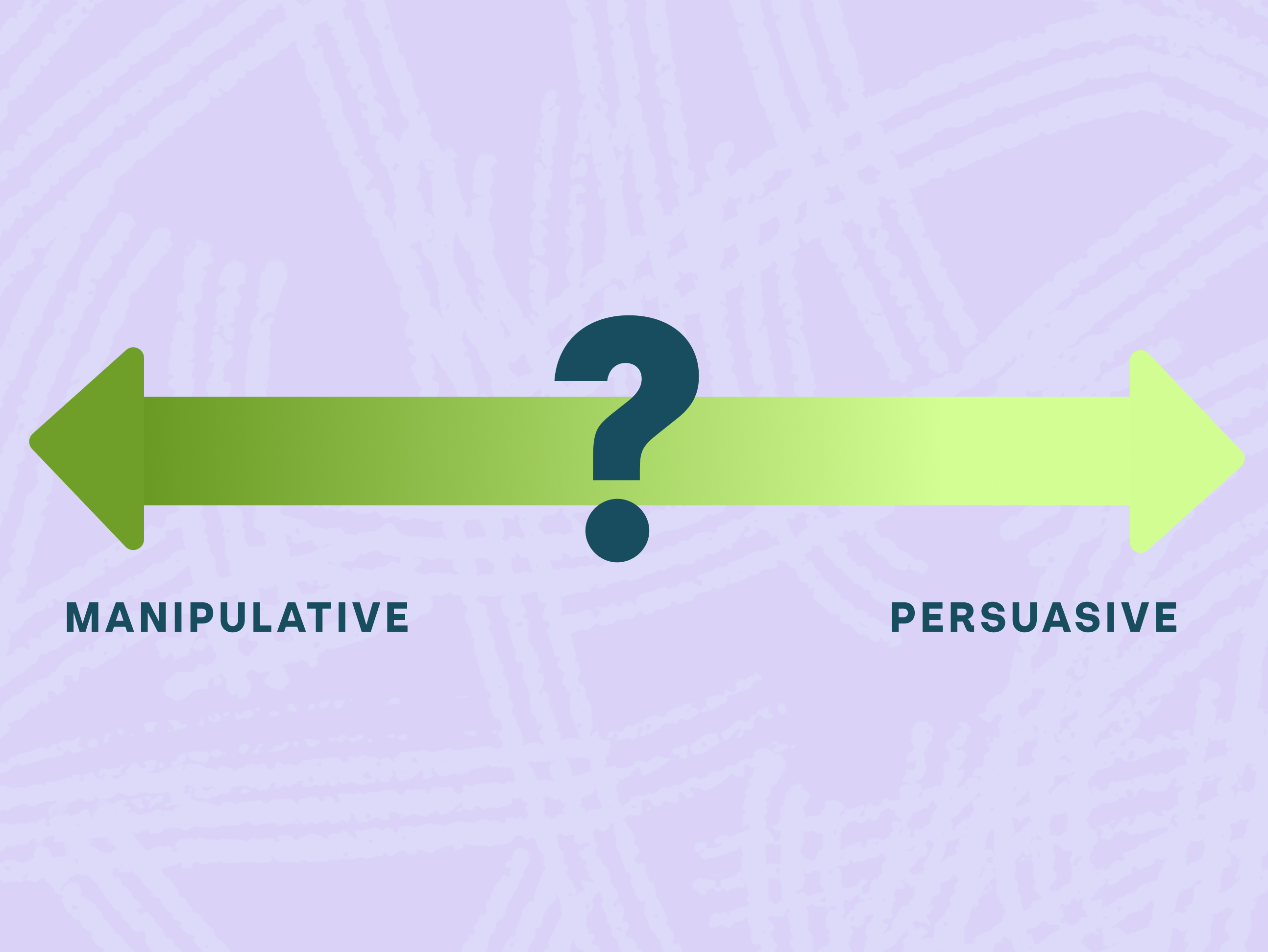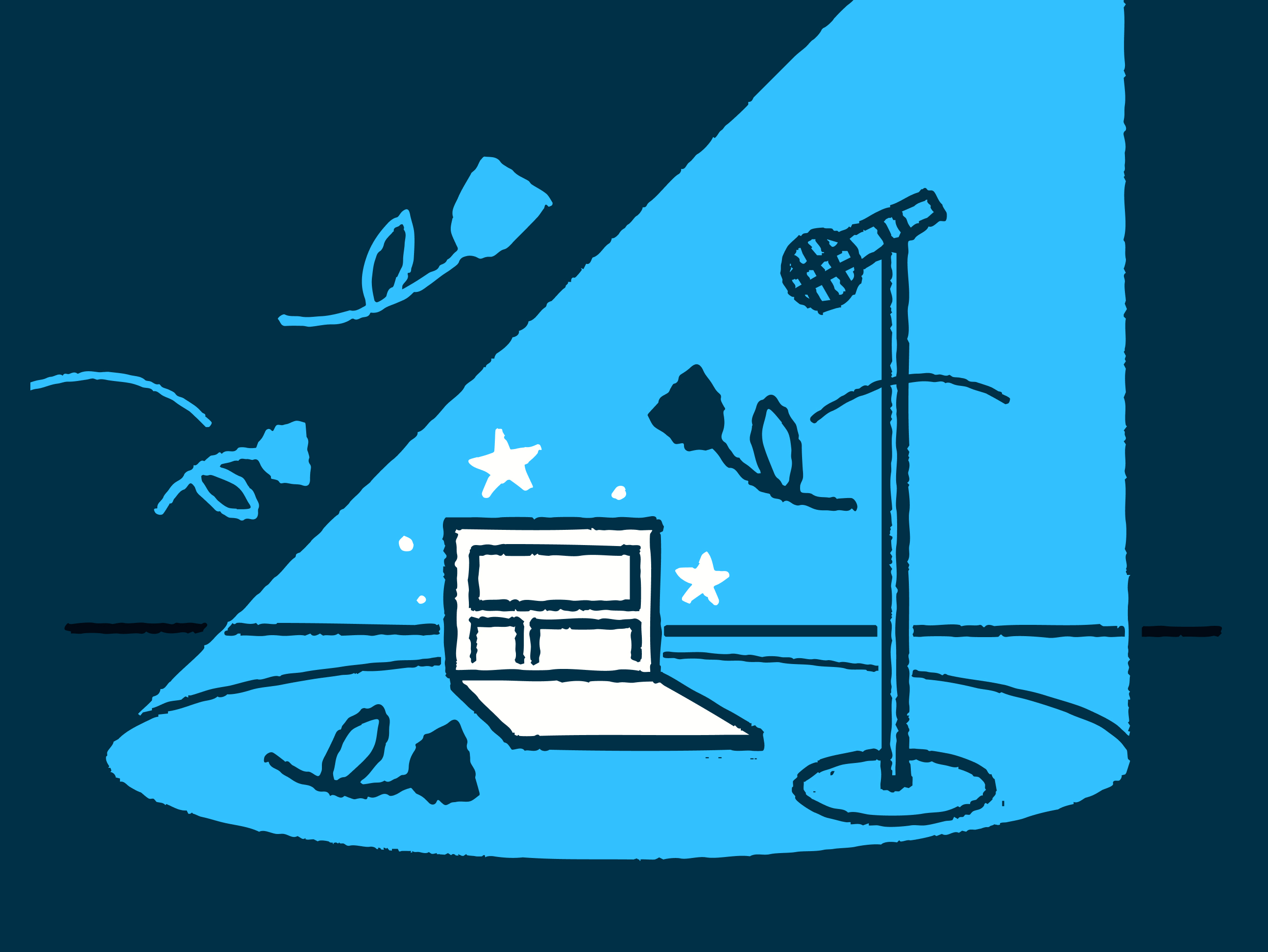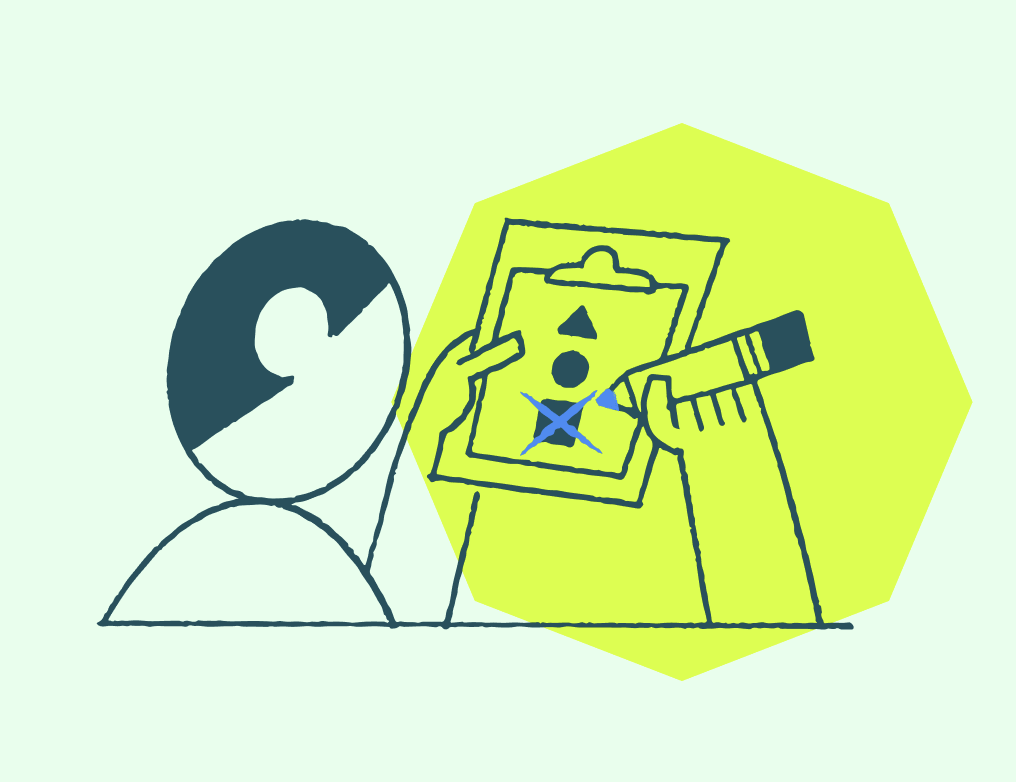Inclusivity Starts with Intent
How are champions of human-centered experiences managing bias, building trust, and proving value?
Last month, I was called to lead a panel for the Together Digital national conference on CX and UX, specifically centered on inclusive design. I sat down with other passionate champions of human-centered experiences, discussing our responsibility as leaders to design for a wider range of people, abilities, and access.
Through ZoCo’s growing work in social determinants of health, we’ve recognized the gravity of ensuring diverse perspectives are not only considered but prioritized intentionally, so as many people as possible can benefit from the products we envision. I can’t help but be energized and optimistic as more and more of our community and its leadership embrace human-centered design.
I believe in the power of experience design for improving people’s lives and solving their biggest challenges.
With the intent for our community to put this topic into perspective and into practice, I want to share some key ideas from the session and from our prep, featuring the brilliance of:
- Heidi Munc, Nationwide, VP of UX and Human Centered Practices
- April Jones, JPMorgan Chase, Executive Director of CX and CX Strategy
- Amy Brown, Fusion Alliance, Digital Solutions Director
- Anna Klatt, CoverMyMeds, Director of UX
Defining Inclusivity
What does inclusive design mean to you?
When we think of inclusive design, most of us imagine small populations and fringe cases—such as people who have permanent impairments, like blindness or requiring a wheelchair—but inclusive design considers temporary and situational challenges as well. Our panelist Heidi gave the example: “Sidewalk ramps were made for wheelchairs. But they are loved by moms with strollers and kids on roller skates.” Inclusive design may be initially intended for a subgroup, but there are many benefits to the larger population.
Managing Bias
How have you adapted your process to reduce the personal bias of your team and stakeholders?
As humans with unique and diverse experiences, we all have our own biases. Many times, moving past our own internal assumptions is one of the hardest steps to making our solutions more inclusive. If we expect to find data that proves our beliefs, even direct insights from customer interviews can become muddied.
Amy Brown spoke of leveraging machine learning and natural language processing to sort through data to gauge sentiment and find trends. While these methods are not a silver bullet, leveraging technology to analyze themes rather than identifying them manually in your data can reduce confirmation bias.
Have you ever seen research results actually confirm the unconscious bias of customers? And what do you do about that?
The panel further discussed how our own internal biases as practitioners are not the only barriers to inclusive solutions. Sometimes, we’re faced with ethical decision making regarding our customers’ own preferences.
One panelist told a story about chatbots and voice assistants, which she had noticed were overwhelmingly female in tone and personality. While data from customer sentiment studies does show this is preferential, it further reinforces users seeing women as administrators and task rabbits. The next step is deciding whether we make the choice to break these norms in our product design decisions.
Tell us about a product decision you’ve seen where the solution was not inclusive, and may have alienated some audiences by accident?
Decisions are made all the time without direct input from the people the solution is for—typically because we assume we know what the user is thinking and doing. This can show up in decisions as seemingly benign as the design for site navigation.
For example, one panelist shared that their company had removed the word “Home” from their navigation, assuming site visitors would know to click on the logo to get back to the home dashboard. After this decision, site data showed that many users did not follow this mental model, and instead would completely log out (then log back in) to get back to the home screen, creating unnecessary friction. To understand the why, the team reviewed both analytics as well as qualitative stories to discover what was going wrong.
Putting People at the Center
What have you done to identify with the challenges of your audiences?
We’re all advocates of ensuring the voice of the user is represented in solutions—and not just their voice, but a deeper understanding of their motivations, needs, and experiences. This means spending time with audiences in their environment, and replicating the behaviors they exhibit when using your product or service. Some of our panelists even have their own user testing labs, where they have all of the tools to analyze user workflows. This helps to discover unexpected use cases even down to minor workflow hacks, such as squinting, modifying screen contrast, taking notes, or further manipulating how users access and utilize a tool.
A challenge seen in inclusive design is alienation by convenience. When building a solution for a broader population, it can be easy to omit hard-to-reach audiences, because you don’t bring them into your research. How does this happen?
We’ve all heard it can be too hard to prioritize talking to your users, especially when your team is resource-strapped. But what if you can’t find them? If you’re designing for a well-known baby brand, for example, it’s easy to imagine how you would connect with twenty mothers to research their favorite products. But what if you’re designing for homeless youth? How do you find twenty of these users?
Sometimes you have to be crafty, and we can’t let the difficulty of finding research participants be a reason not to put in the effort. The team at ZoCo does a lot of work in well-being and human services, and in this space we are frequently challenged to engage underserved populations. However, these audiences not only need to be considered, they need to be worked with directly for the solution—even when finding them is hard. Otherwise, the stories we tell ourselves about their experiences are just that—stories based on assumption and on our own bias.
Building Trust
How do you build trust to create a willingness for users to share their data?
There’s a high priority in our organizations on collecting data to better understand our audiences. But sometimes the barriers to access are less obvious—such as mental models around privacy.
Whether the effort feels too high for the user, or if they don’t trust sharing their information, the end result is still opting out.
To bring this back to our work in human services, our team at ZoCo has seen building trust as a primary hurdle in accessibility—where someone won’t leverage a service because they are fearful about how their data will be used. One key example will always stick with me. We were looking to understand why some families discontinued their access to services from the nonprofit we were researching (i.e. low retention rates).
The answer? They shared that they knew the nonprofit tracked the frequency of visits, and did not want to risk being seen as incapable of supporting their family. They thought the agency would take their kids away if they continued engaging. Even though this family’s anxiety was not grounded in anything the nonprofit had said or done, fear can be a powerful motivator.
Proving Value
What do you do when internal peers and stakeholders may actually advocate against bringing users in the decision-making process? Or rather, they are wary of the time and resources this takes?
This is a challenge that has come up for all of us—and it’s a fair point that resource allocation can be a deterrent. But often, part of the solution comes down to helping stakeholders understand the extended value this work creates. It is up to us to prove that the value of experience design goes beyond visuals—it can impact product efficiencies, reduce errors, improve data collection, and eliminate manual onboarding. Sometimes, the proof point comes from linking user-centered design to financials, and showing that an investment in UX turns $1 into $2.
Sometimes it’s easier to show your stakeholders what your customers need, rather than tell them. How have you brought this to life?
The voice of your customer is powerful. Multiple panelists brought up examples of bringing these actual voices into the board room—playing the audio of dissatisfied customers from call center recordings to show the messy parts of the organization. This is a proof point that is easier to connect to, because it’s more authentic, impactful, and human than a traditional executive summary.
How has your team evolved to not only have more empathy for your users, but also your business partners?
Most of our organizations are on some journey of growth and maturity to build their human-centered design practices towards inclusive experiences. Making this happen is really a cross-functional effort across the internal teams that touch the customer experience (which in reality is often all of them). Because of this, efforts need to be unified, and empathy needs to be given towards your partners in the business. Each department has their own challenges and objectives, and if you approach customer solutions by first planning with your partners in mind, rather than in spite of them, efforts can be more successful.
Upholding Responsibility
Inclusivity in customer experiences is not the responsibility of just one person or just one team. How can we all advocate for human-centered practices within the work of our organizations?
Inclusive design is not a simple initiative that can just be checked as “complete” on a product roadmap. Even with the best of intentions, many well-designed experiences fall short.
People are complex, and accounting for every potential need and alternative is a daunting task—so we can’t be too hard on ourselves if we don’t always get it right.
The responsibility we should all take on, however, is to continue to grow our skills here. Practicing human-centered and inclusive design is a muscle to build, which takes practice and awareness. You have to care enough to consider, and to keep your audiences top of mind.
If you’ve made it to the bottom of this article, that seems like a pretty positive step.
Check out our Ultimate Guide to UX Research & Product Design Services
Looking for insights for healthtech product leaders, delivered to your inbox every few weeks? Sign up for our newsletter.
Currently exploring
UX Mastery



.svg)
.svg)
.svg)
.svg)
.svg)
.png)


.svg)

